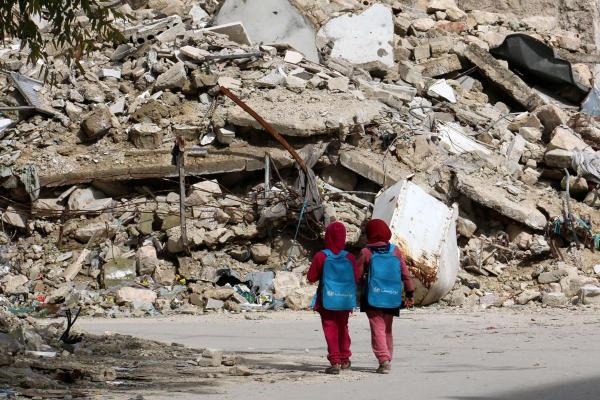Dec 19, 2016
“This is one of the most difficult days in Aleppo’s history,” Ibrahim Abdul Laith told Sojourners over a series of WhatsApp voice notes. “We endured difficulties under the shelling, and under the siege, but even though the situation was difficult, we were fighting for our city.”
Later in the messages, his voice took on a somber tone.
“Now we are being asked to leave.”
Read the Full Article

Already a subscriber? Login
